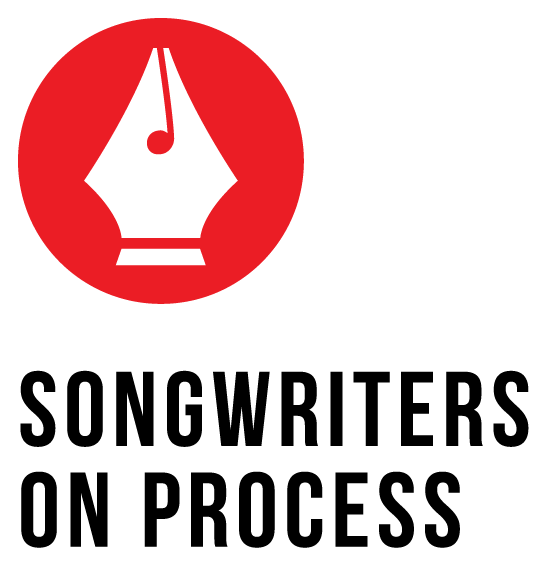A good songwriting process for Emily Scott Robinson involves bank pens and vacuum cleaners.
Read MoreDebbie Gibson thanks The Song Fairies—and sometimes a carousel horse—for the zen-like calm that allows her to write so many iconic songs.
Read MoreWhen Martin Sexton is in a rut, he drives his internal editor crazy through utter chaos: two radios playing two different songs simultaneously.
Read MoreMorgan Wade’s songwriting process doesn’t involve a lot of sitting around. But it does involve some really early mornings. And I mean early.
Read MoreSteve Gunn’s songwriting process never stops. Even when he’s not writing, his receptors cast a long throw over his environment as he mines for ideas.
Read MoreFor both Sarah Jarosz and Margaret Glaspy, the creative process doesn’t allow for much off time. Jarosz doesn’t write on tour: it’s where she collects her ideas. And when she gets home, that’s when she sifts through all those ideas. “Even if I’m not working on a song, I’m always checking into the creative process every day,” Jarosz told me. Glaspy’s process involves using improvisation as a part of her songwriting process, “acting like I know how the song is supposed to go,” she says.
Read MoreJeremiah Fraites of The Lumineers wrote most of his new solo album Piano Piano pre-pandemic, but, like most songwriters, he says that the past year has wreaked havoc on the creative process. “Last year was not a good headspace to write from. All that isolation was not good. There was, and is, an underlying element of fearfulness that’s bad for the creative spirit,” he. says.
Read MoreThe word “processing” came up a lot in my interview with Sarah Beth Tomberlin (aka Tomberlin) when she discussed how she writes songs. She uses songwriting as a way to process the events in her life, much more so than most songwriters have shared with me. It’s difficult to write songs, for example, when things are “pleasant” in her life. “There’s no urgency to the process,” she told me.
Read More“Woo hoo! I feel so energized!”
This was Tim Showalter’s first reaction when I told him we were wrapping up our interview, which had gone for over an hour. His next reaction? “Let’s do this again sometime!”
I could feel Showalter, the man behind Strand of Oaks, smiling during most of our phone conversation. He loves to talk about the creative process.
Read MoreMarissa Nadler needs to write. It’s a therapeutic necessity: she uses it to process the events in her life. By her account, her best music happens when that need arises. But even if that need disappeared, Nadler would still be able to write because she’s so disciplined.
Read MoreCourtney Marie Andrews needs to be alone.
That is, she needs complete solitude when she writes. Where other songwriters thrive on a bit of commotion or even chaos around them, not Andrews. She needs solitude because it provides her the best chance for self-reflection and an "uncluttered headspace" in the songwriting process. And she has to know that she's alone too. But she doesn't necessarily need to be at home when she writes: in fact, she often prefers someplace new. "I think it's more that I like to travel and feel out of my element, and I think my best songs come from that space. I lean towards writing songs in unfamiliar places," Andrews told me. Her process also involves what she calls "chunk writing." She doesn't like to write on tour; that's where she collects all of her notes for the later songwriting process. But when she gets off tour, she blocks off a two-week chunk on her calendar and does nothing but write.
Read MoreWhen Brian Fallon writes, he's constantly being watched. There's Paul, Tom, B.B. and George, among others, looking over his shoulder. And yes, that's McCartney, Waits, King, and Harrison. You see, there's a room in Fallon's house where he does most of his writing. (When's up there, he's always dressed as if he's going to work. No slippers or pajamas. But that's another story.) And in that room Fallon, also singer of The Gaslight Anthem, hung pictures of some of his songwriting idols. Fallon purposely put them high, close to the ceiling, so he always feels like he's being watched, even judged. He looks to them for inspiration and affirmation. He'll even carry on the occasional conversation, imagining how they might react to a line he's written.
For a guy who writes so much and who has such impressive chops, one thing stands out among the songwriters I've interviewed for this site. Most, if not all, have all their old lyrics and journals from previous albums stored somewhere. They might be in a closet or a box, but they keep them. Some might never look at these journals again, while others go through them for inspiration. Not Fallon. He has nothing, save for the notes from the Horrible Crowes project and the notes from Handwritten. He joked that the notes from the Gaslight classic The '59 Sound are probably on the I-95 shoulder somewhere. Fallon's reason is simple: "I purge a lot of stuff on records, so whatever that last record was about, whatever was weighing me down, I don't want to ever bring that stuff back. A record is like an exorcism to me." Of course, Fallon doesn't keep a steady journal, though he admits he'd probably benefit from it since it would help him remember things.
Read More











